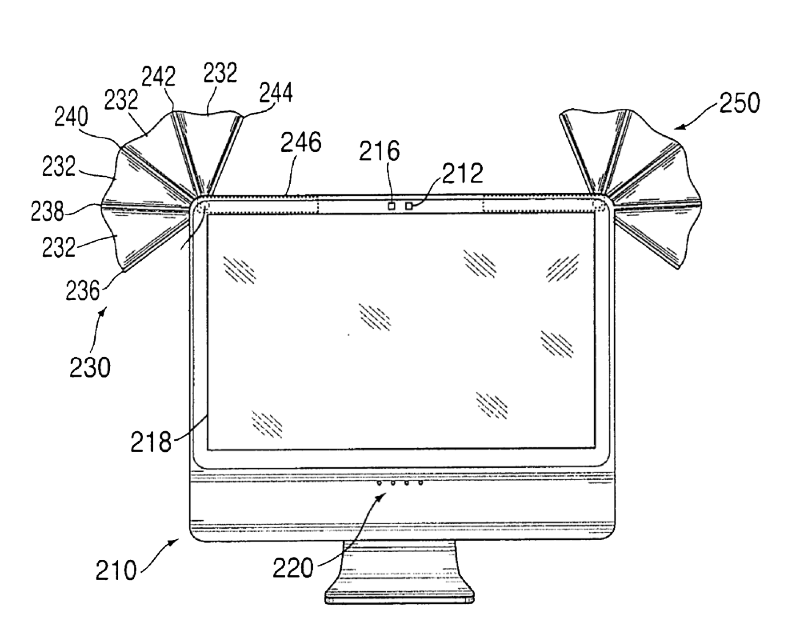Apple looks to do more with face detection, improved video chat
Face detection
Like its patent on a motion-based Mac OS X interface exposed by AppleInsider a few weeks ago, one of this week's filings builds upon ways in which users may be able to passively interface with their Macs in the near future.
Apple notes that one problem with existing personal computing devices is that they're not able to determine whether a non-active or passive user is present and, subsequently, unable to perform certain operations to accommodate the passive user.
"For example, a PC may automatically activate a screen saver every five minutes regardless of whether a user is viewing the PC's display screen," Apple wrote. "Thus, a passive user is often inconveniently required to actively perform an interaction with the PC at least every five minutes to prevent the initiation of the screen saver or to deactivate the screen save after it is initiated."
Another problem is that conventional systems cannot efficiently determine whether certain users have the authority to perform certain functions without first forcing them to manually enter a password.
Remedies to both these problems may lie in face-detection software, according to Apple. Using a Mac's built-in iSight camera, face detection software may be based on a pattern recognition algorithm that includes a statistical model, the company says. The software that detects faces in the captured images could then associate them with an authorized, as well as inform the system that a user is present in situations when manual interaction has stopped for an extended period.
The Cupertino-based electronics maker notes that in addition to a Mac, face detection can be applied a cellular telephone, a wireless communications device, a media player, an MP3 player, a video player, and a PDA.
Illumination systems
Another filing proposes solutions to many common imaging problems, such as, unevenly distributed illumination, shadows, white balance adjustment, colored ambient light and high dynamic range imaging. It's here that Apple believes systems and methods can be provided through a Mac can take advantage of the computer's processing power to provide functionality that goes beyond a typical camera.
In one odd example apparently aimed at improving video conferencing, the company proposes an iMac with embedded lights that retract into the system's housing. The filing states that a processor in the iMac would be able to control the deployment and operation of the lights in combination with other sensors to provide the ideal lighting setting.
 Sam Oliver
Sam Oliver











 Andrew Orr
Andrew Orr
 Wesley Hilliard
Wesley Hilliard
 Amber Neely
Amber Neely

 William Gallagher
William Gallagher

 Malcolm Owen
Malcolm Owen








